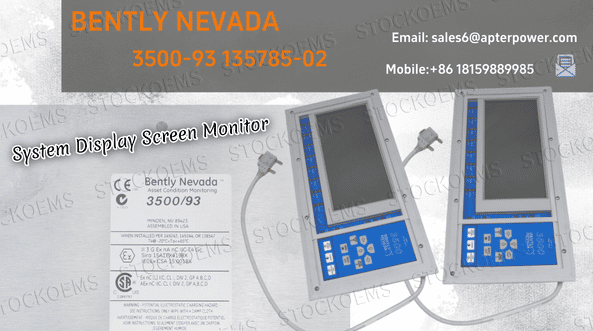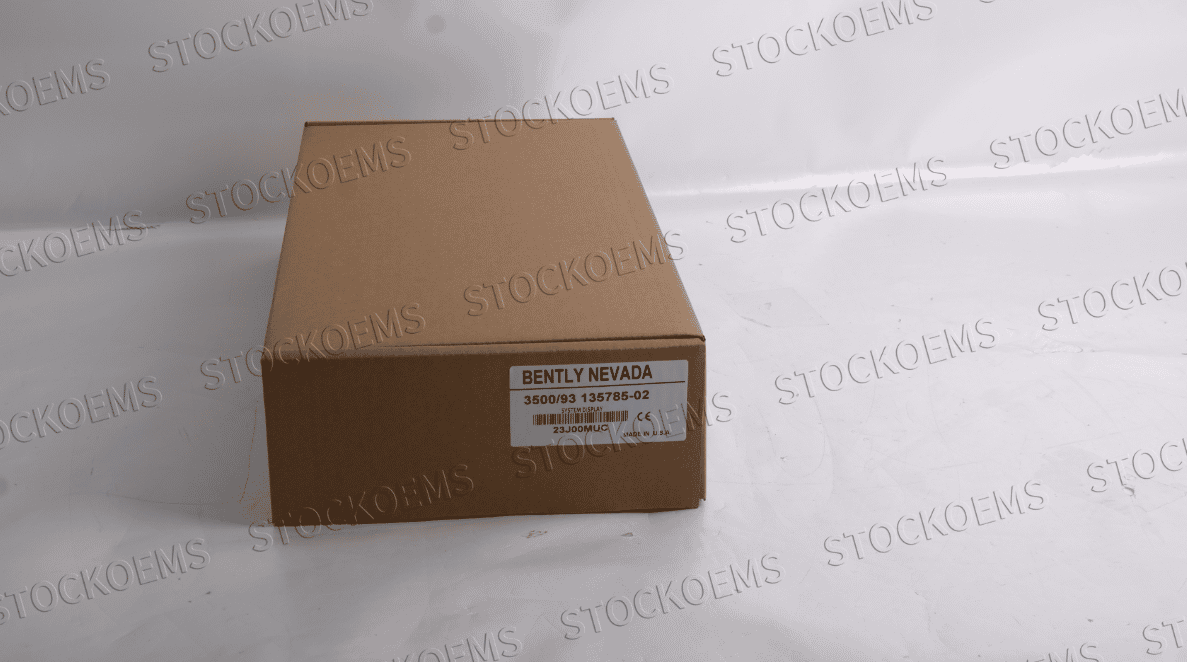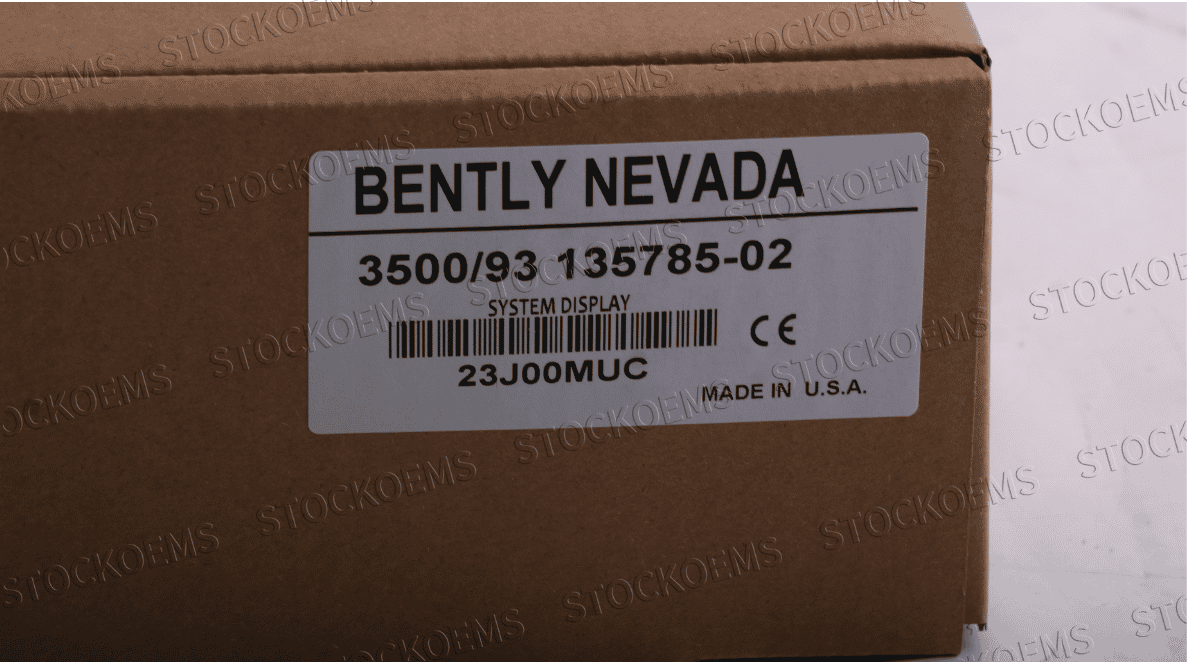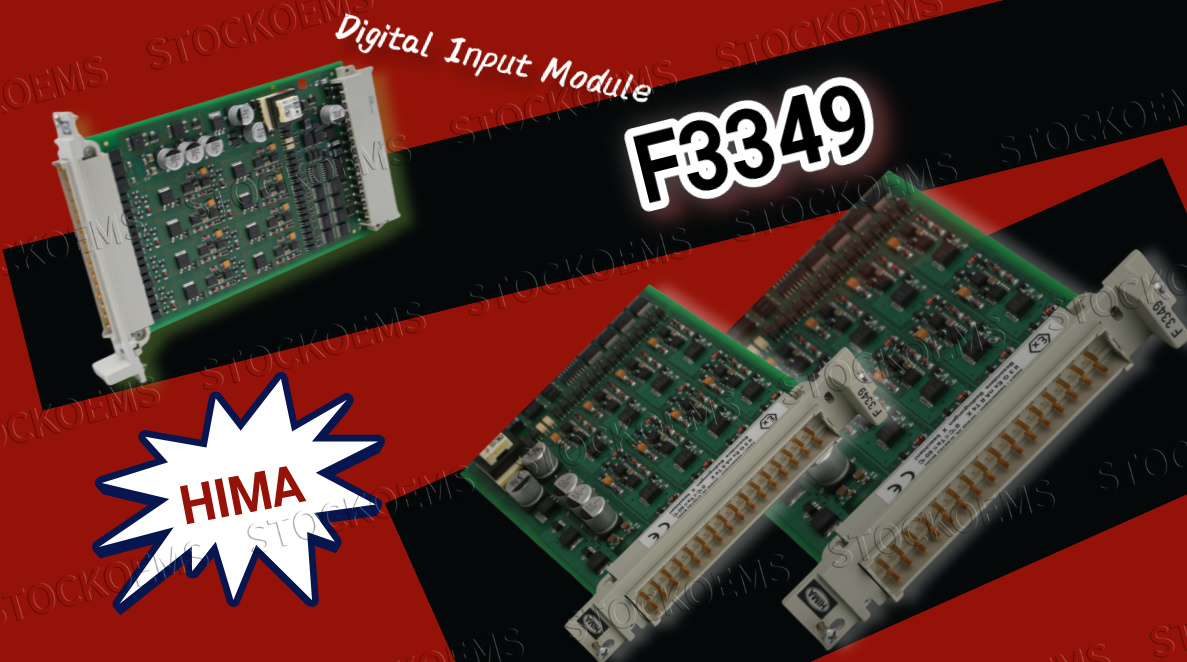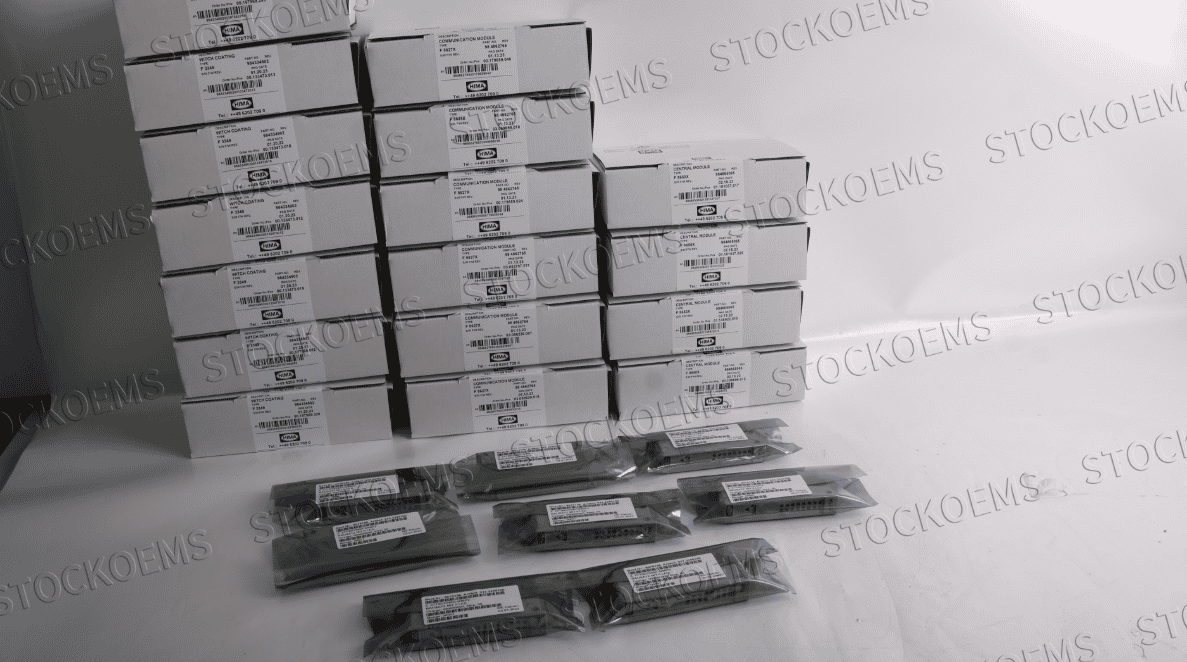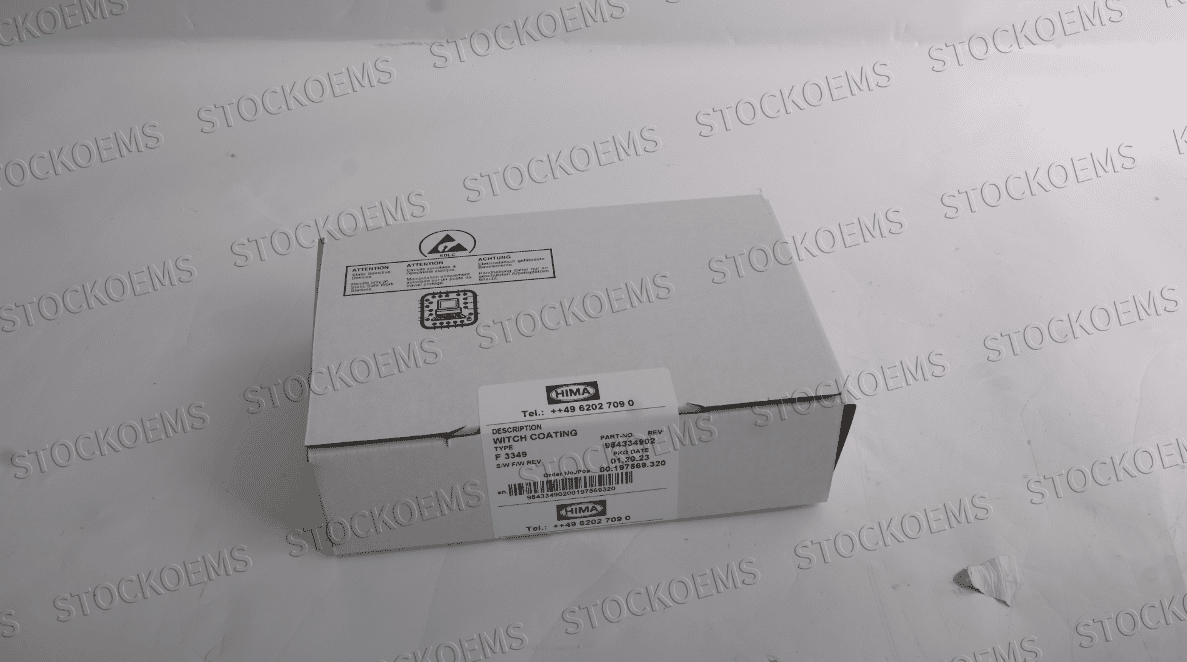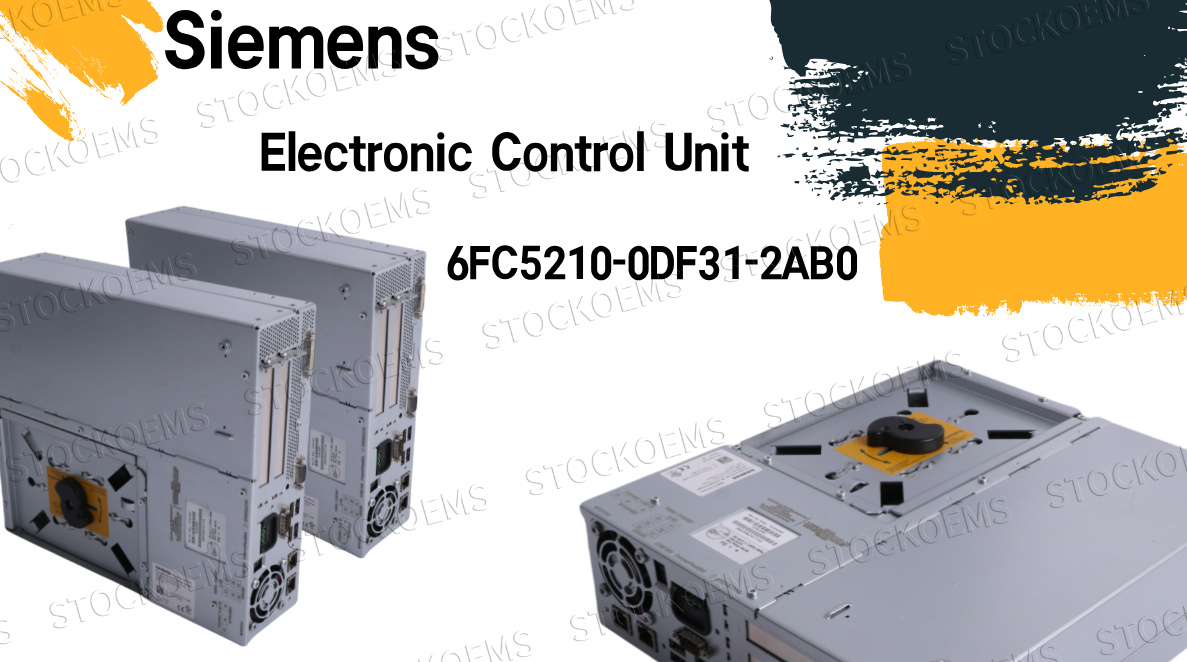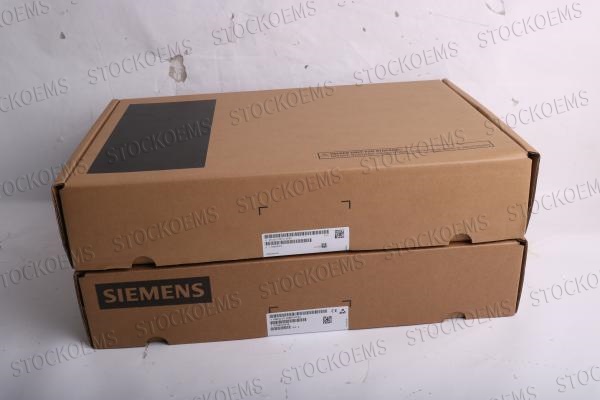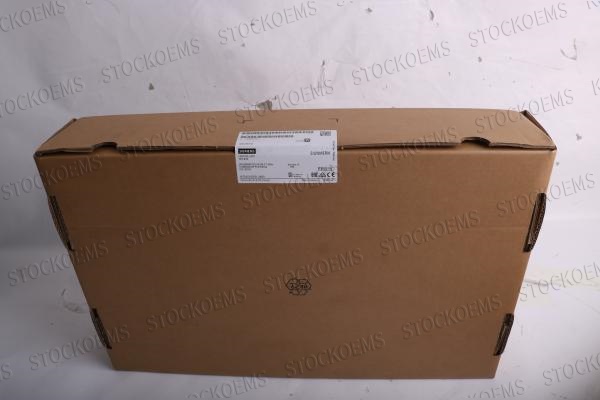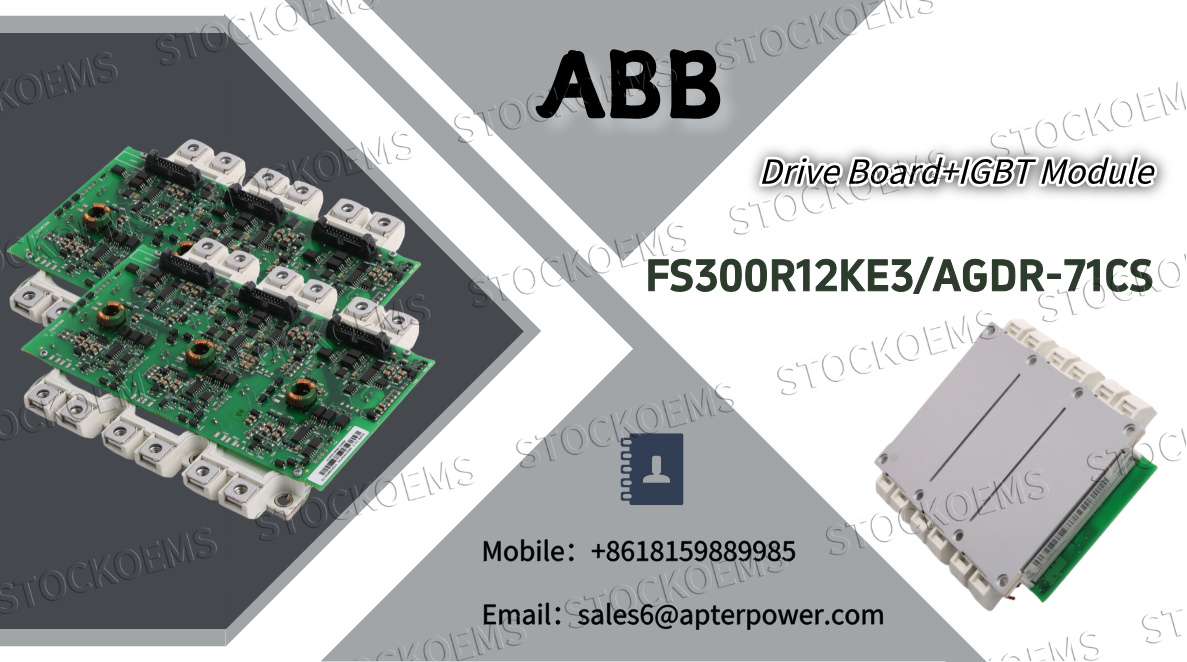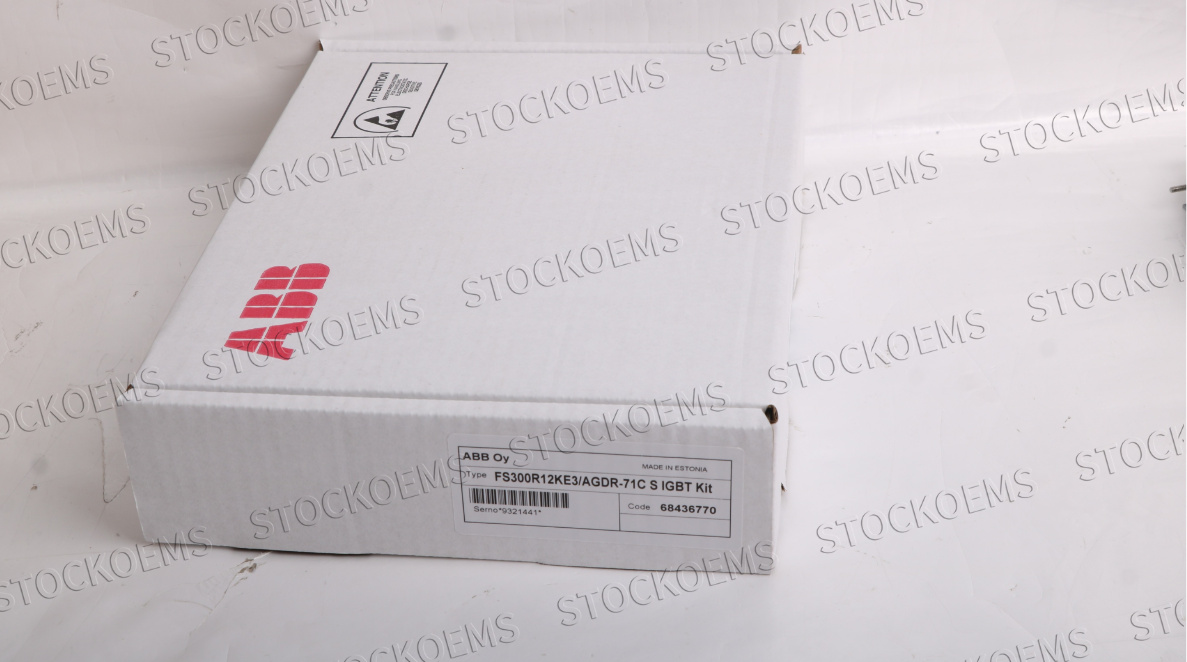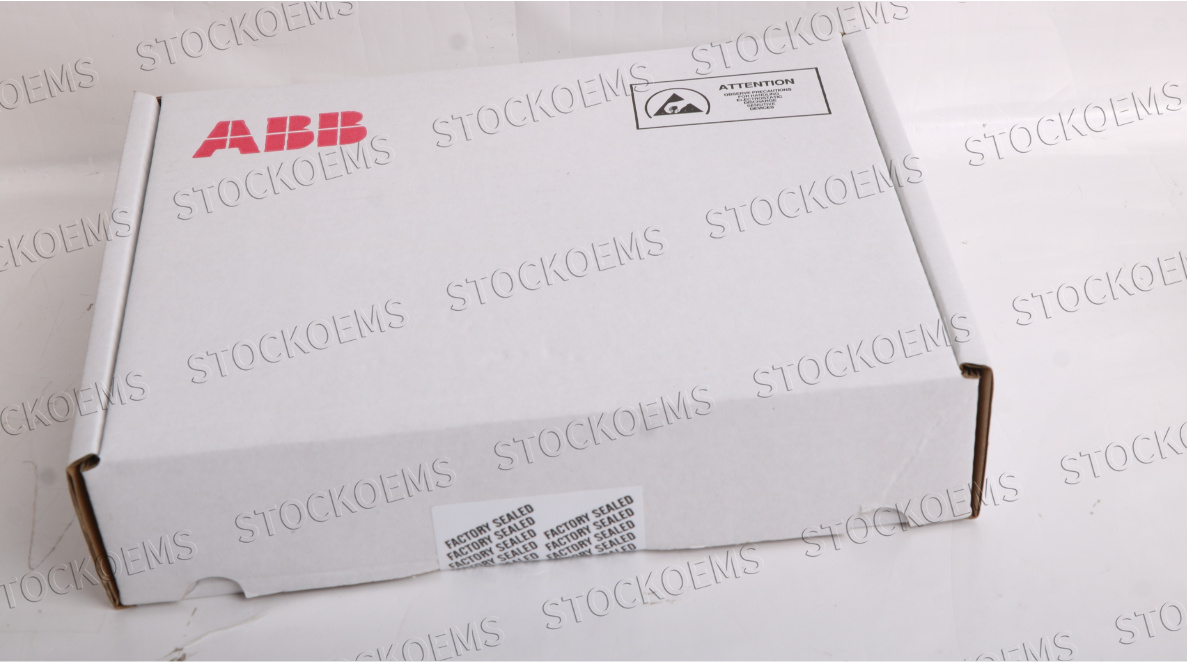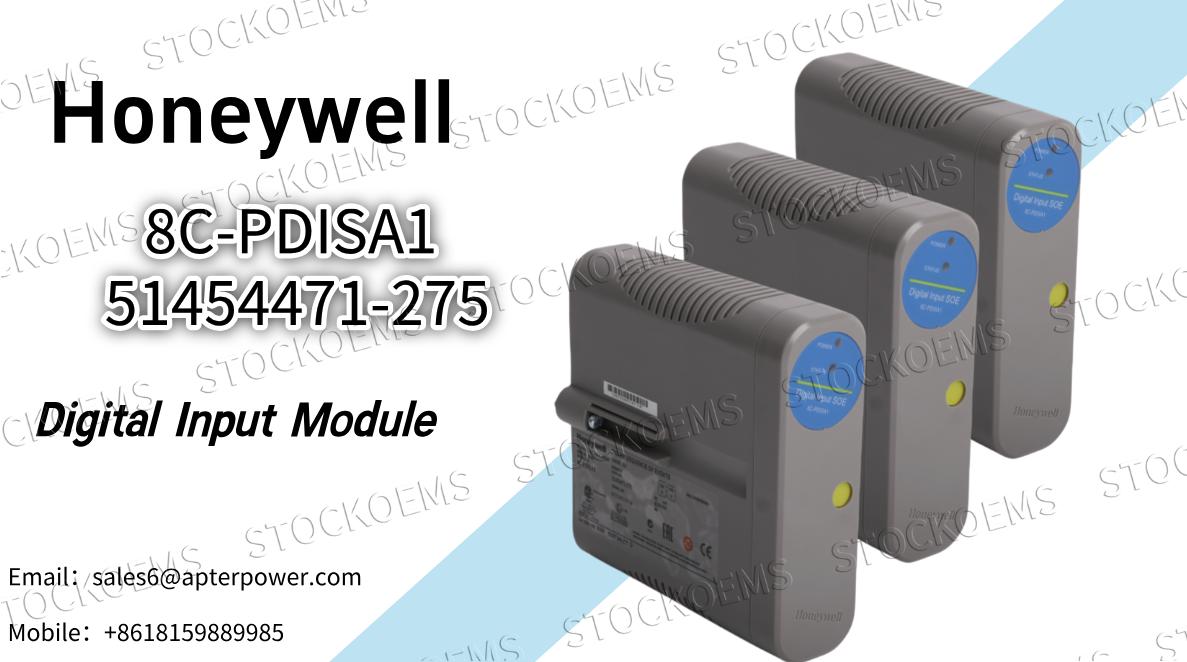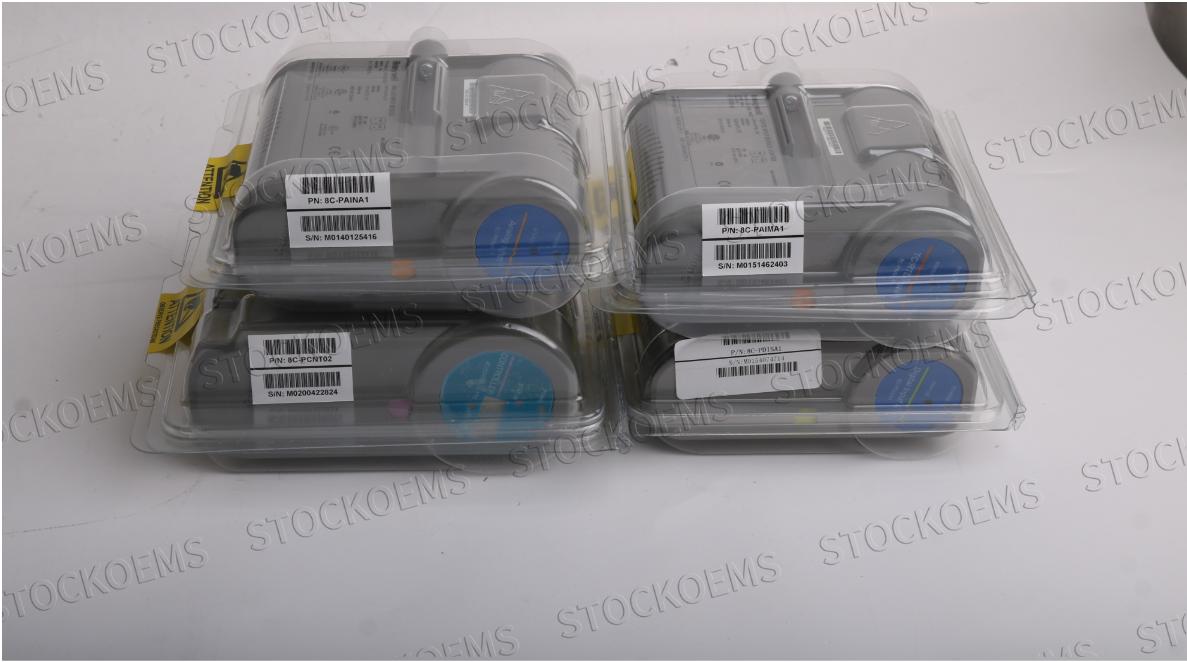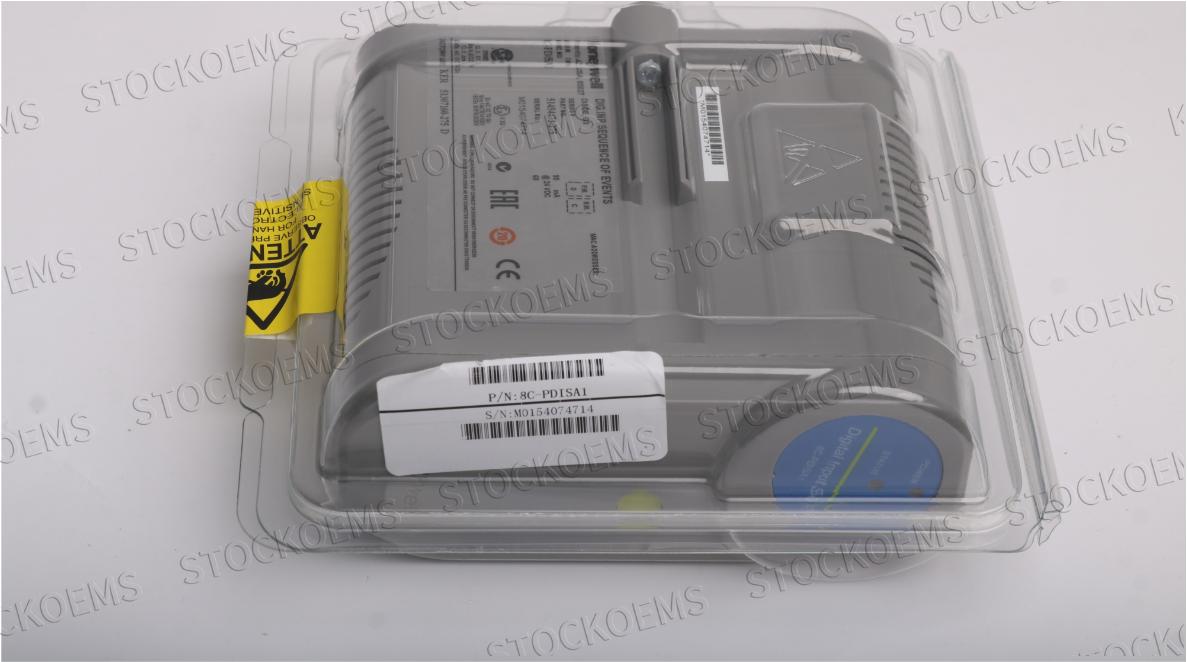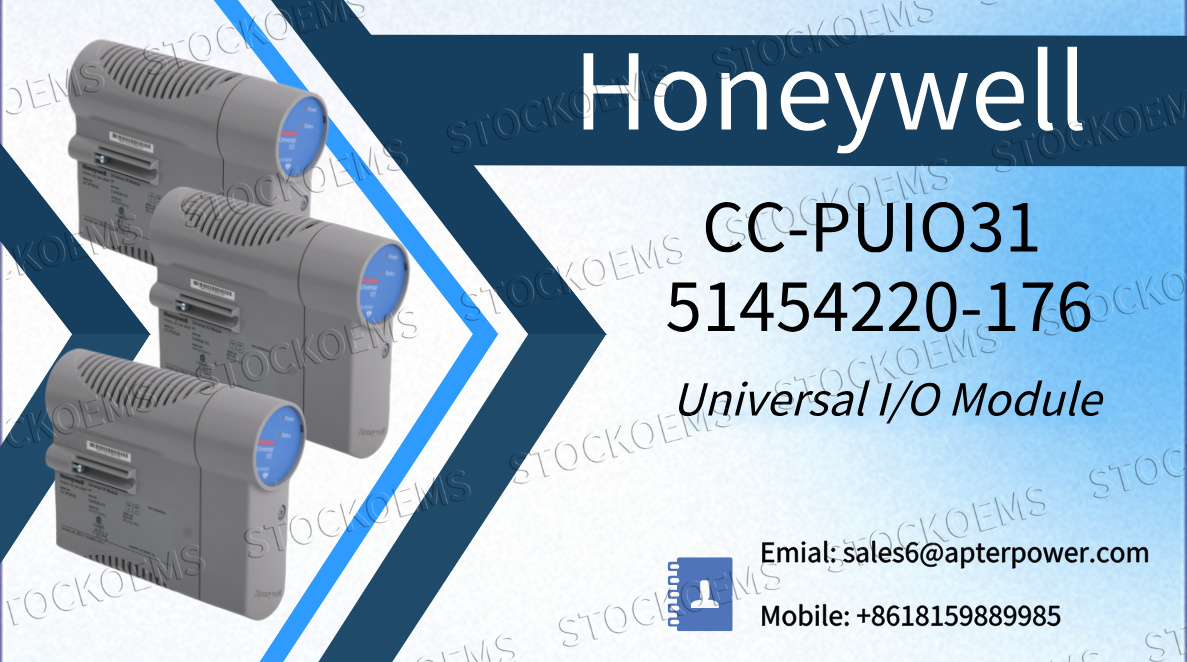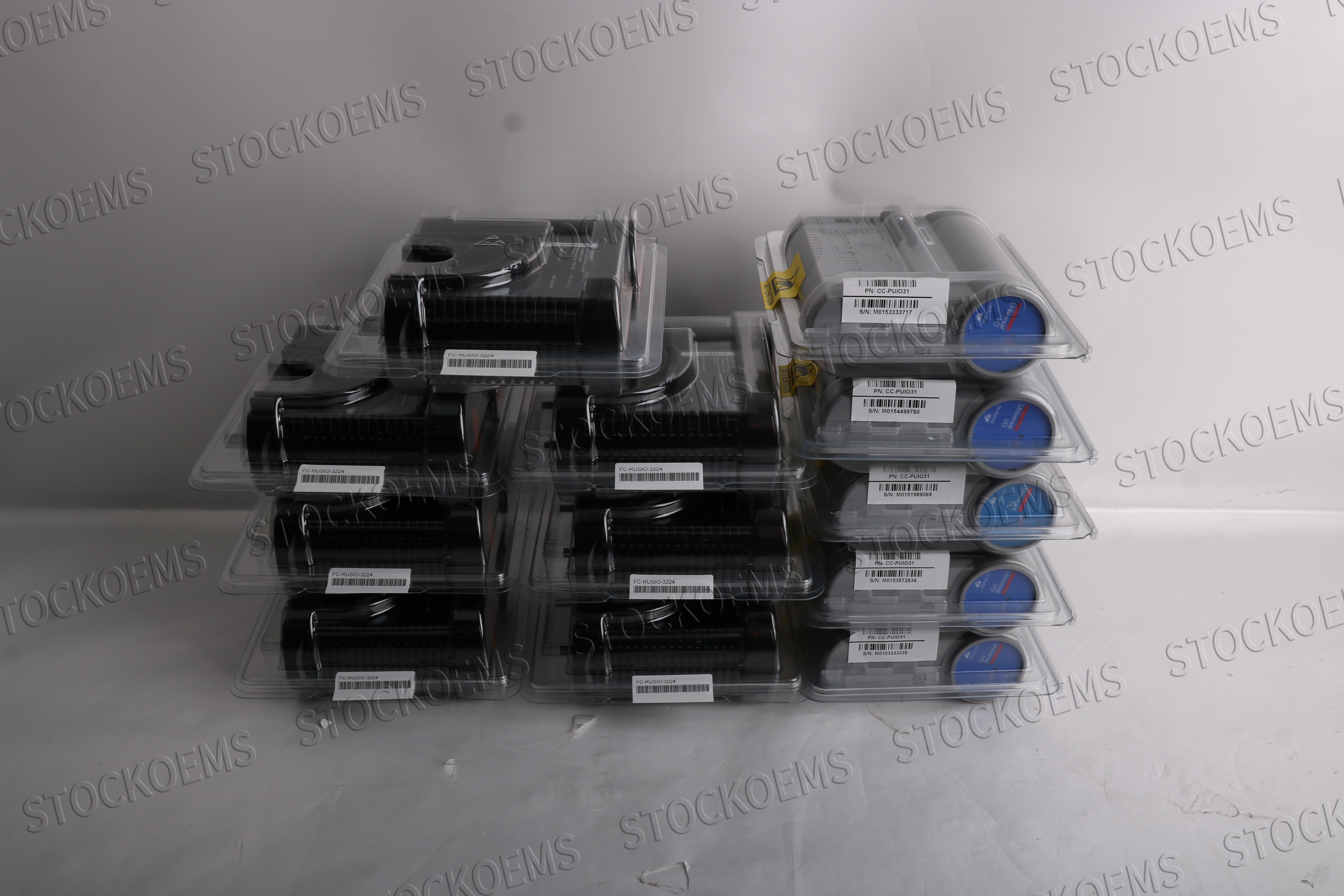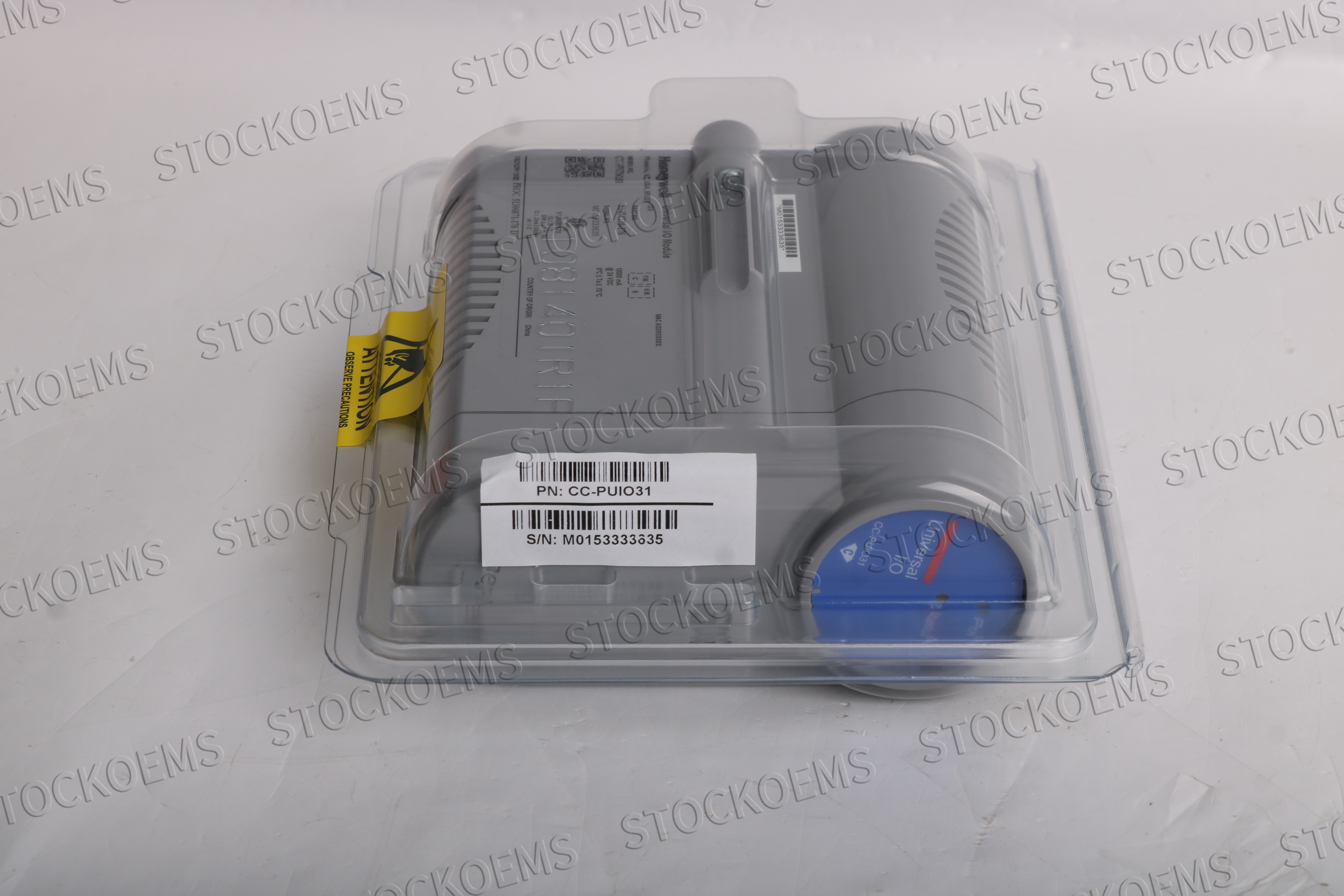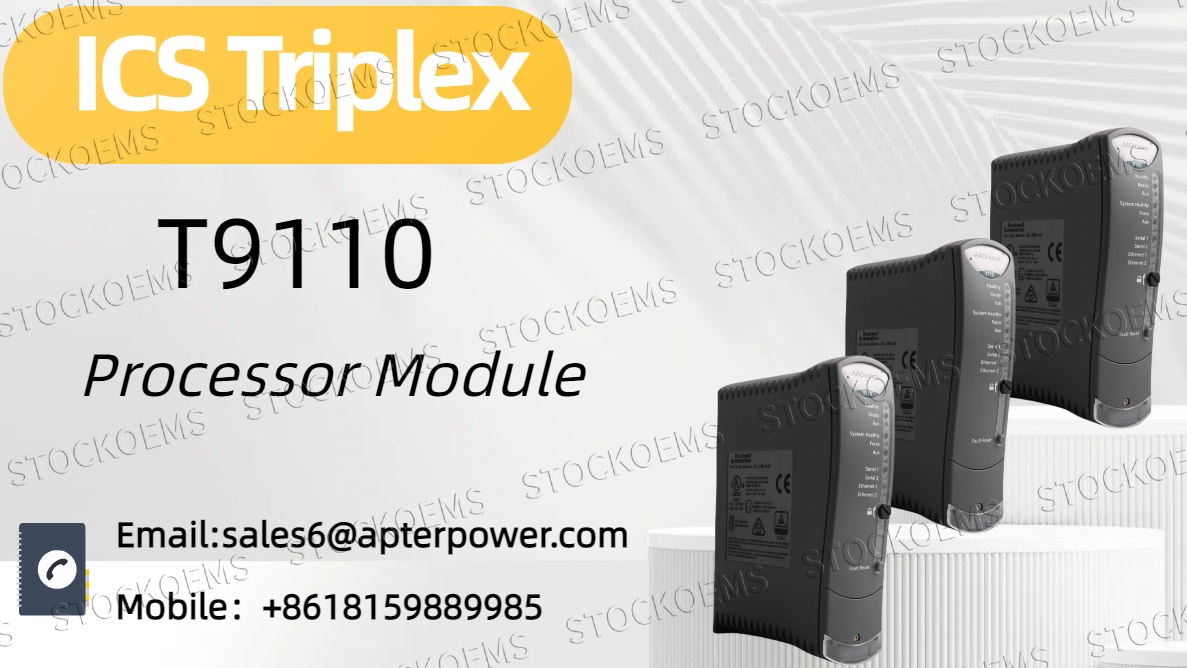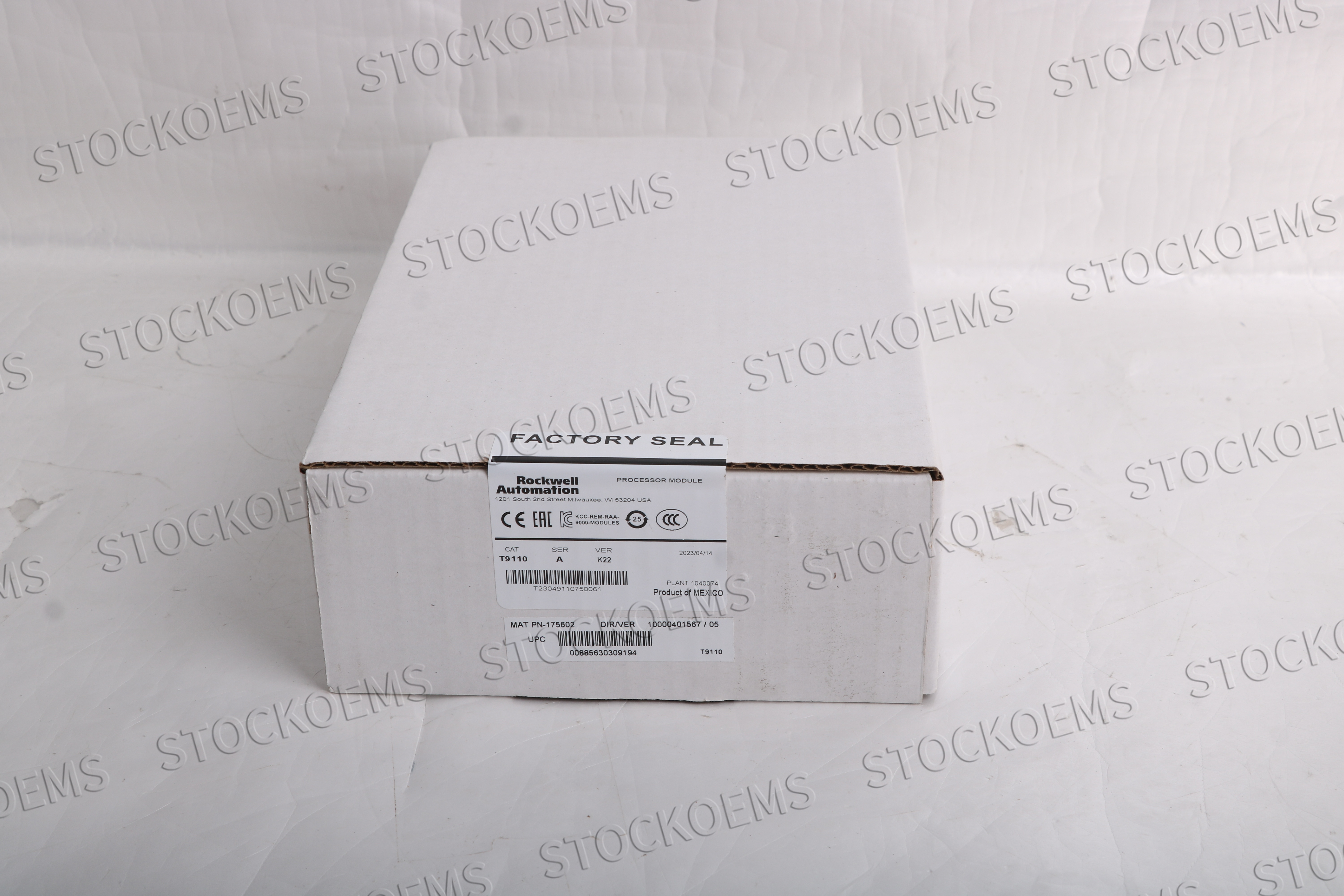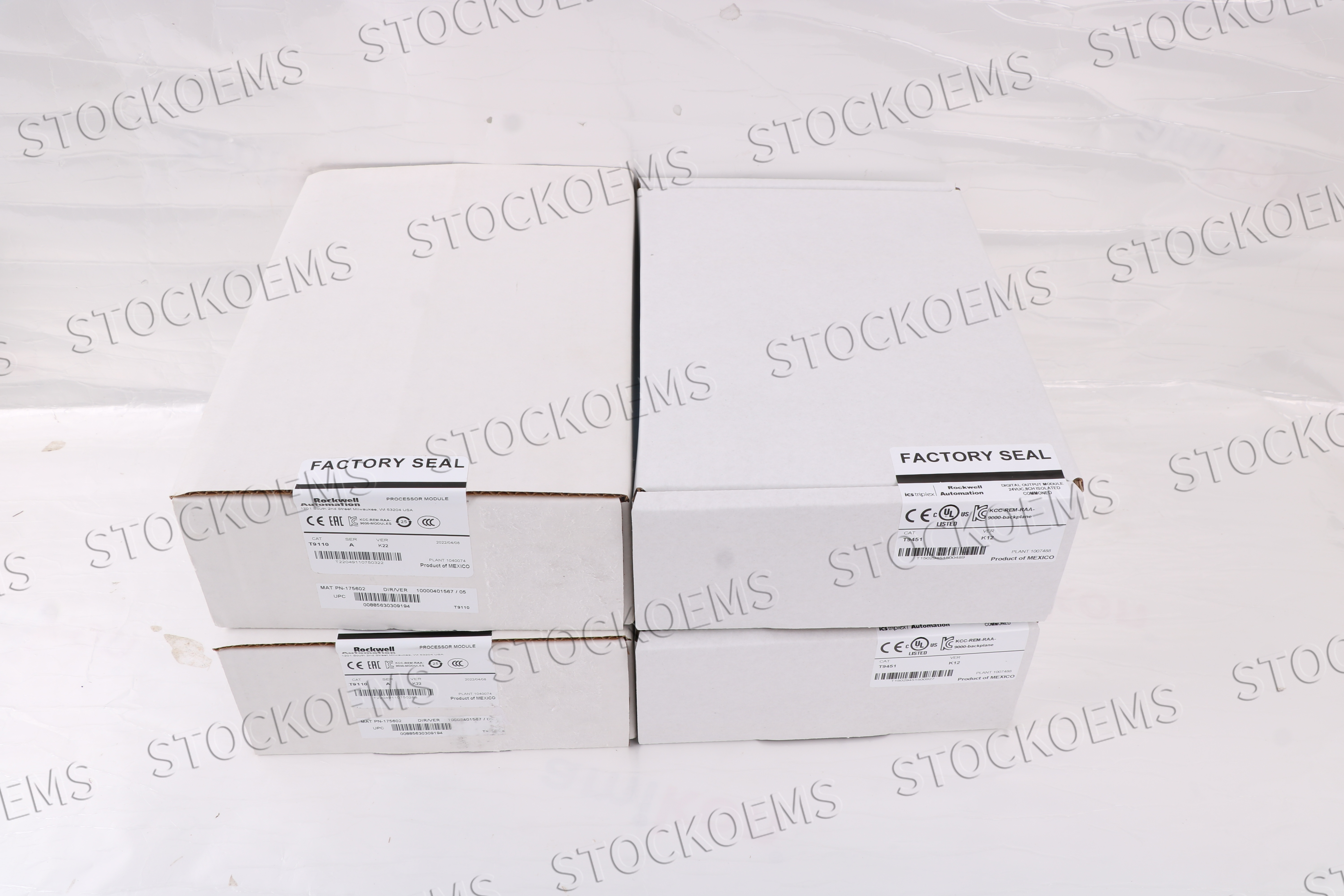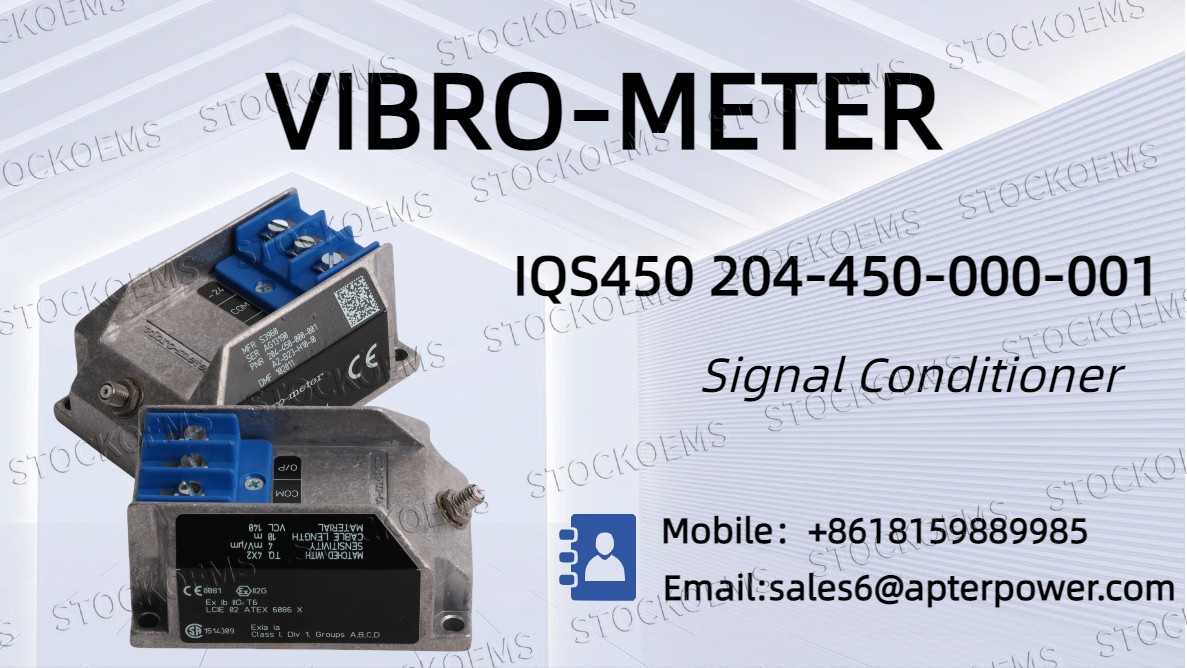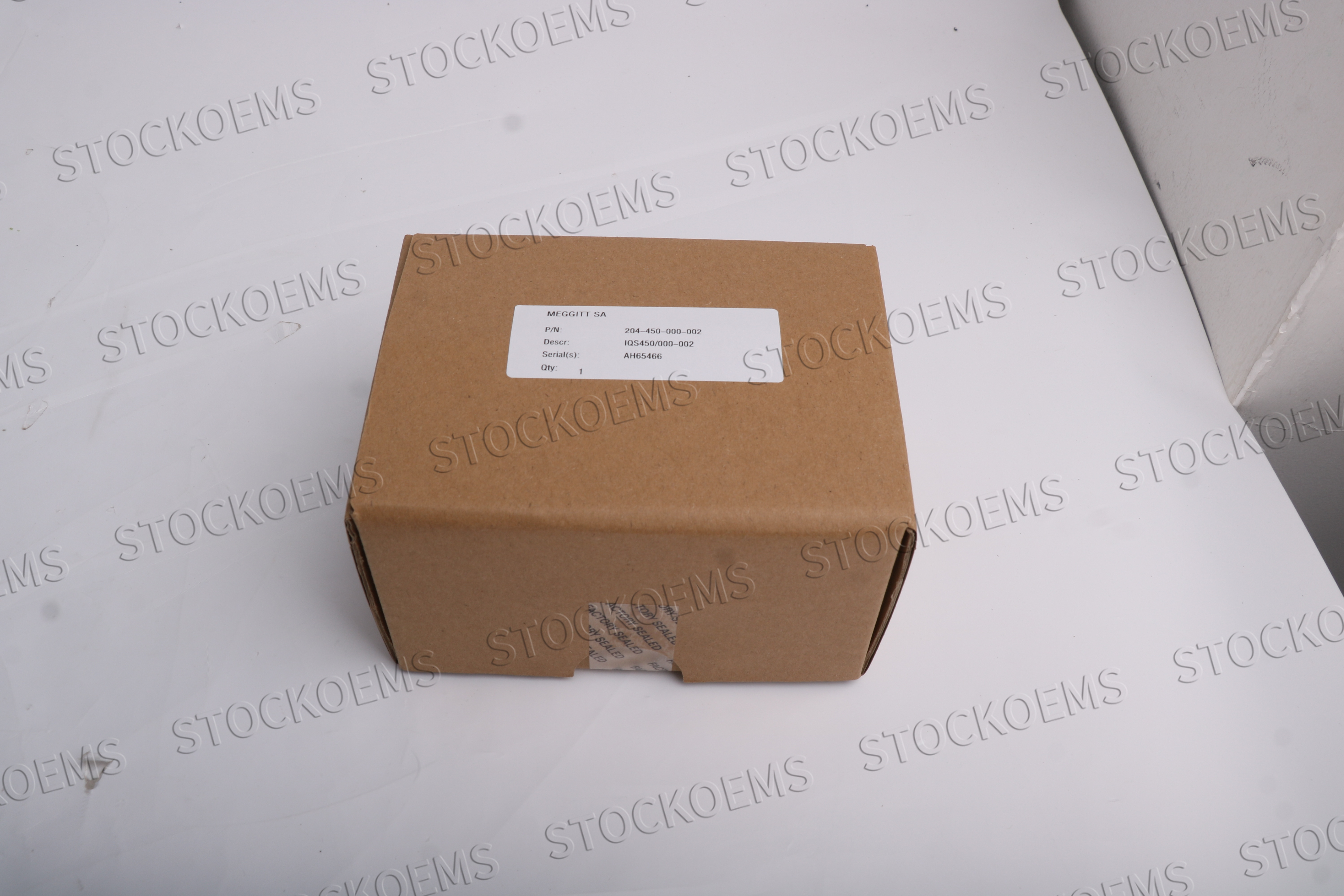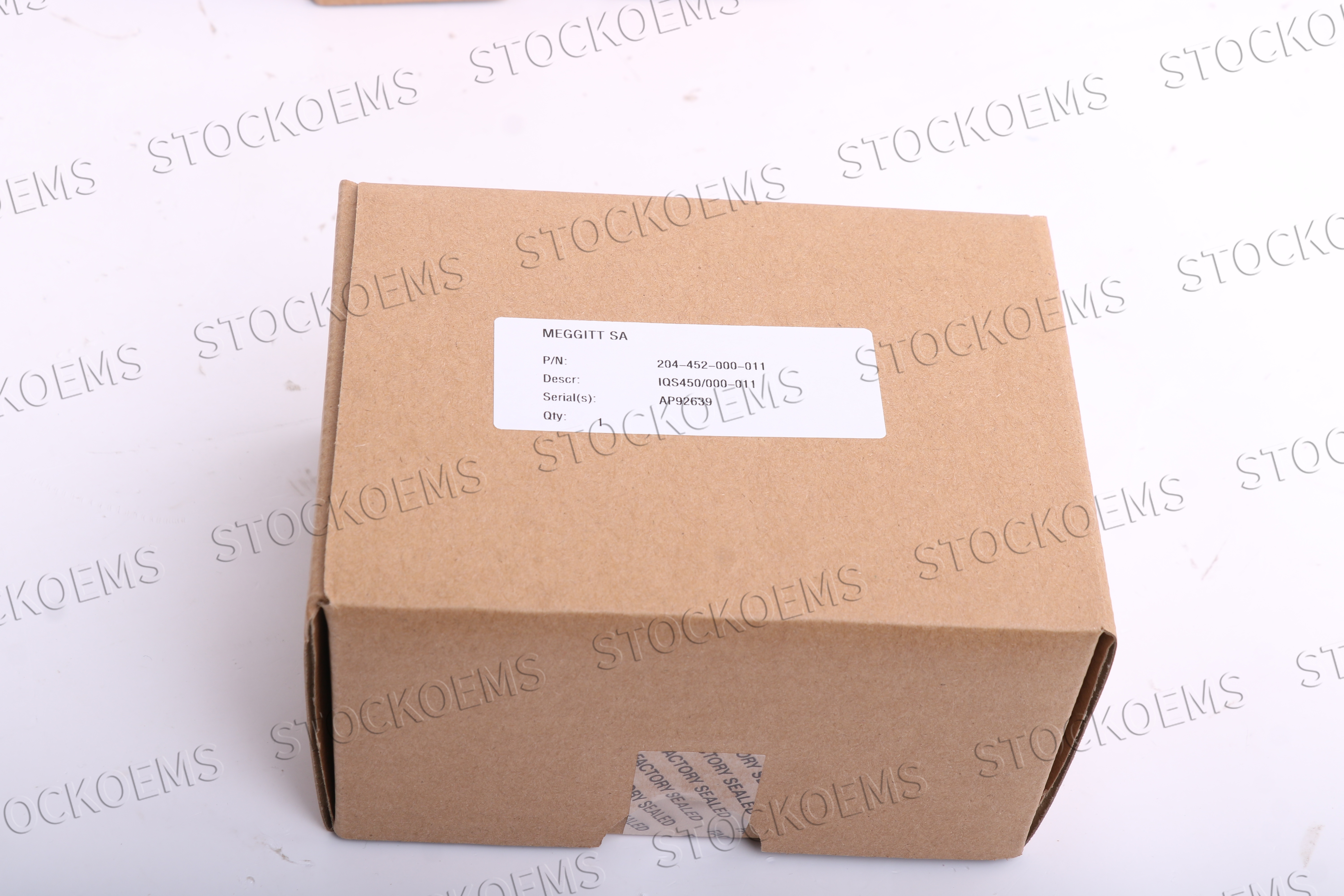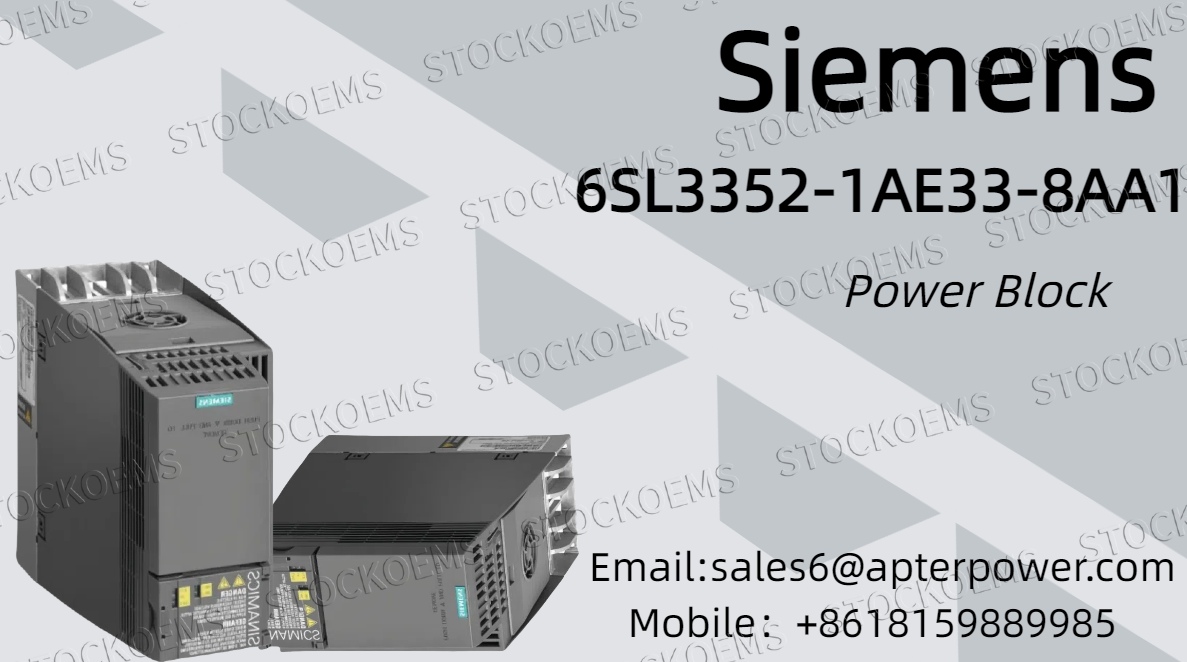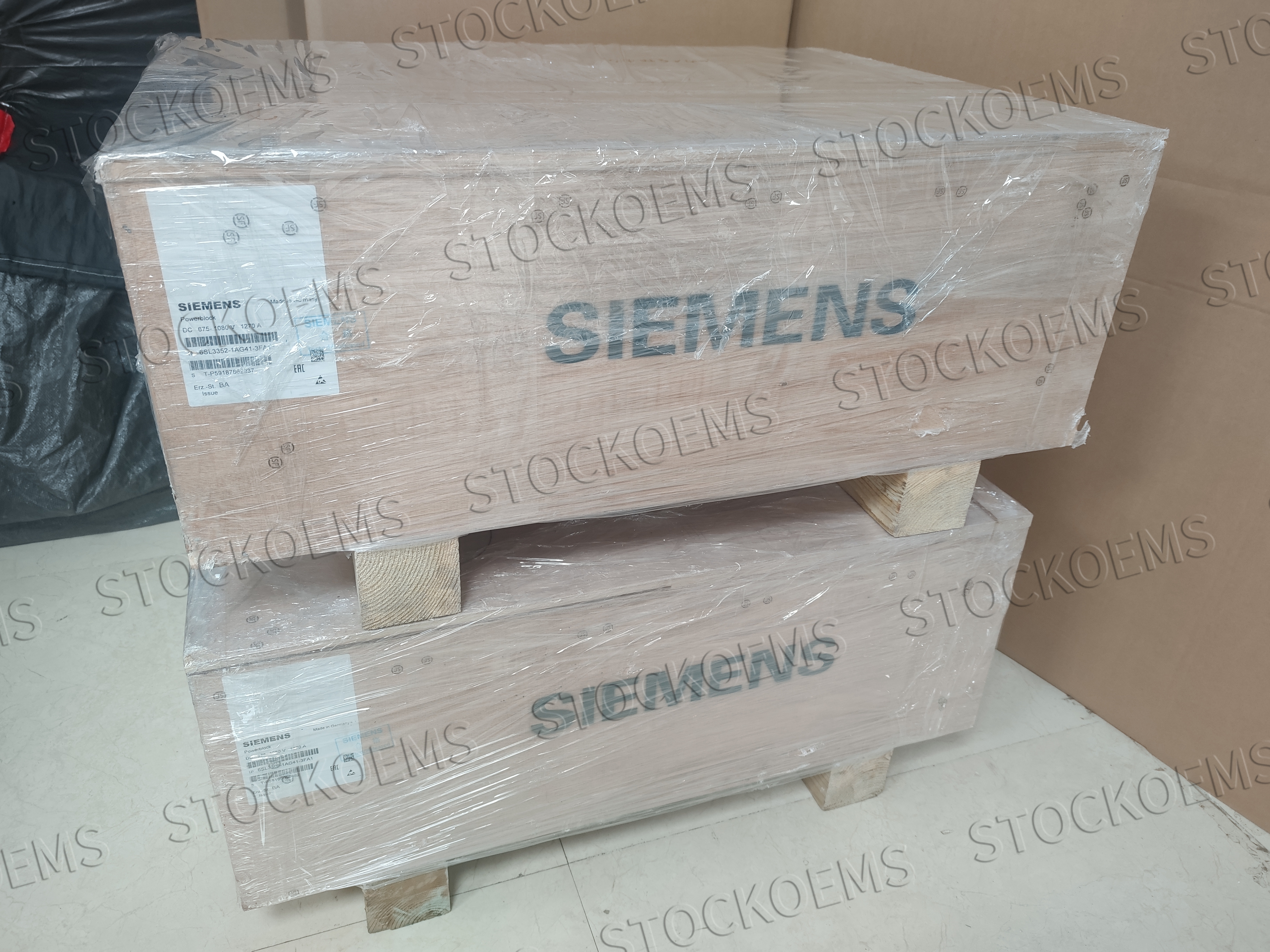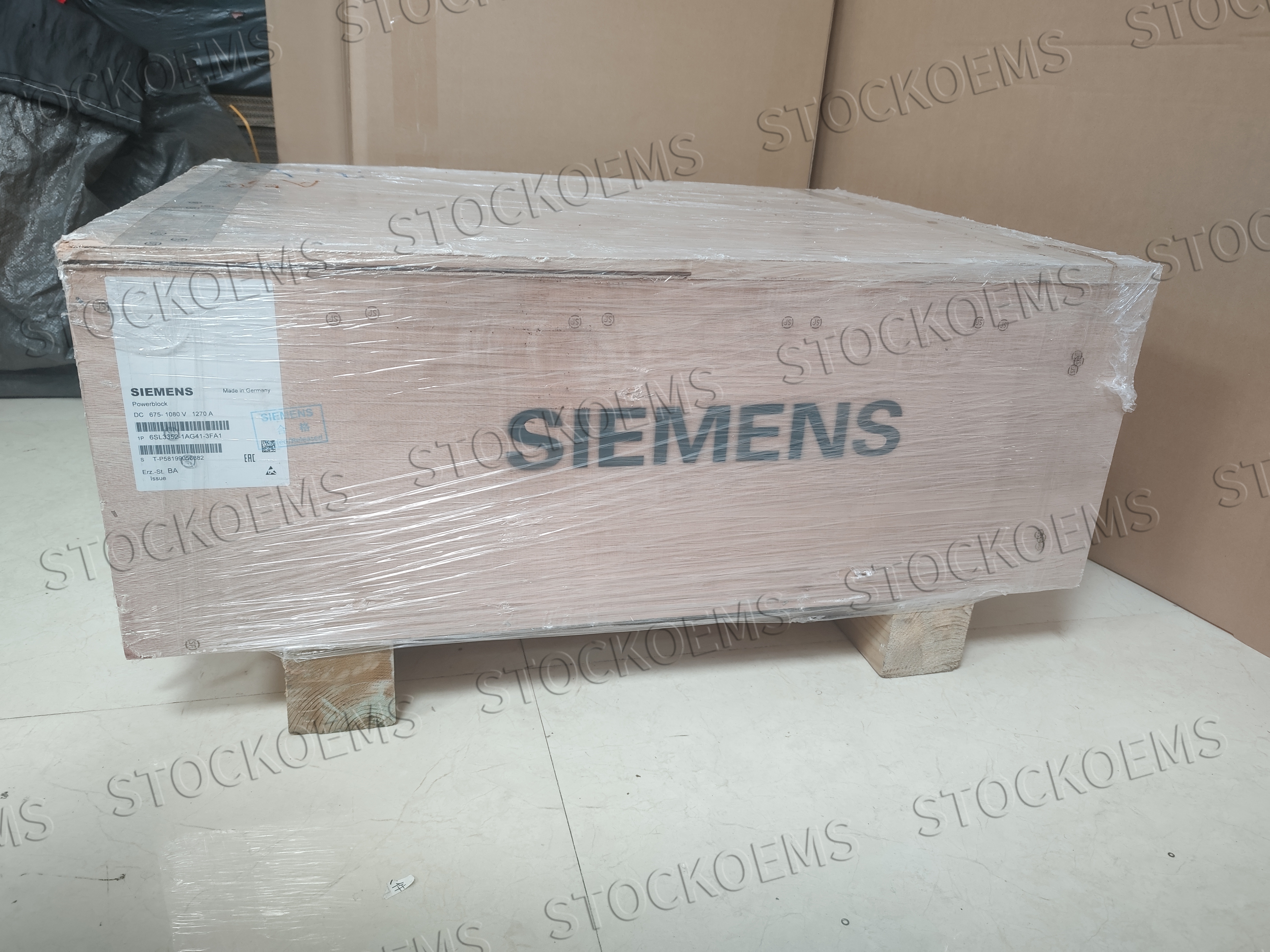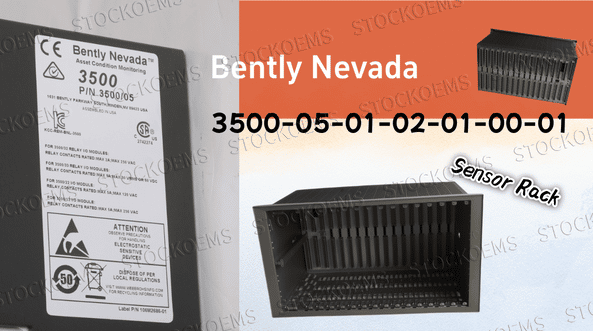
Core Functions of Professional Vibration Monitoring Module
In modern industrial production, the safe and stable operation of mechanical equipment is the basic guarantee for the sustainable development of enterprises. As a high-performance monitoring device recognized by the industry, Bently Nevada 3500-05-01-02-01-00-01 vibration monitoring module is mainly used for status monitoring and fault warning of various large rotating machinery. The module is developed and manufactured by Bently Nevada, a world-renowned industrial equipment monitoring expert. It adopts cutting-edge vibration signal processing technology and can collect and analyze the vibration data of the equipment in real time. Through precise algorithm processing, it can accurately identify abnormal vibration characteristics in equipment operation, including but not limited to common fault modes such as rotor imbalance, shaft misalignment, and bearing damage. This advanced monitoring capability provides equipment managers with a reliable decision-making basis and effectively avoids production accidents caused by equipment failure.
The important value of vibration monitoring technology
In today's industrial landscape where operational efficiency and equipment reliability are paramount, the Bently Nevada 3500-05-01-02-01-00-01 System Rack plays a crucial role in preventing unexpected downtime and ensuring workplace safety. The module's importance stems from its ability to provide real-time monitoring of machinery health, allowing plant operators to detect developing problems long before they escalate into major failures. Industries such as power generation, oil and gas, petrochemical processing, and manufacturing rely heavily on this technology to protect their multi-million dollar assets. The financial implications of unplanned outages in these sectors can be staggering, often running into hundreds of thousands of dollars per hour, making the investment in reliable monitoring systems like this one absolutely critical. Beyond financial considerations, the module contributes significantly to workplace safety by helping prevent dangerous equipment failures that could potentially lead to accidents or environmental incidents.
System working principle and technical features
From the technical implementation level, the Bently Nevada 3500 monitoring module adopts a multi-channel parallel processing design architecture. The system has a built-in high-precision signal conditioning circuit that can accurately capture the weak vibration signals generated by the equipment during operation. Through professional digital signal processing technology, the module can not only monitor the changing trend of the vibration amplitude, but also perform spectrum analysis to identify specific fault characteristic frequencies. This intelligent diagnostic capability enables the maintenance team to accurately locate the cause of equipment abnormalities. It is particularly worth mentioning that the module adopts a standardized design, can be seamlessly connected to the factory's existing equipment management system, supports a variety of industrial communication protocols, and provides ideal technical support for building an intelligent equipment health management platform.
Future development trends and application prospects
The 3500-05-01-02-01-00-01 PLC Module/Rack vibration monitoring module stands as a testament to modern industrial technology's capability to prevent equipment failures and optimize maintenance strategies. Its sophisticated design and reliable performance make it an indispensable component in any facility where rotating machinery plays a critical role in operations. By providing early warning of developing mechanical issues, this module helps industries avoid costly downtime, extend equipment lifespan, and maintain safe working environments. As industrial operations continue to push for higher efficiency and reliability, advanced monitoring solutions like the 3500-05-01-02-01-00-01 Bently Nevada will remain at the forefront of asset protection strategies, proving that preventive maintenance through continuous monitoring is far more cost-effective than dealing with the consequences of unexpected equipment failures. For plant managers and maintenance professionals looking to enhance their machinery protection systems, this Bently Nevada module offers a proven solution backed by decades of engineering excellence in vibration monitoring technology.

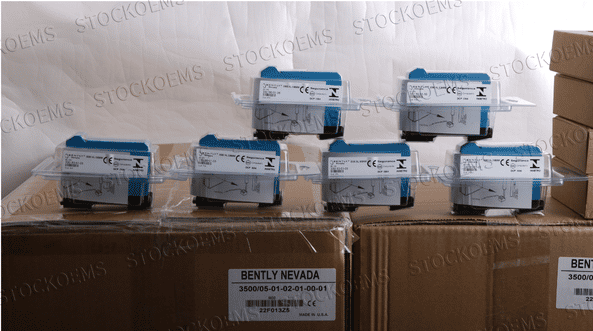
If you want to know details,please contact me without hesitate.
